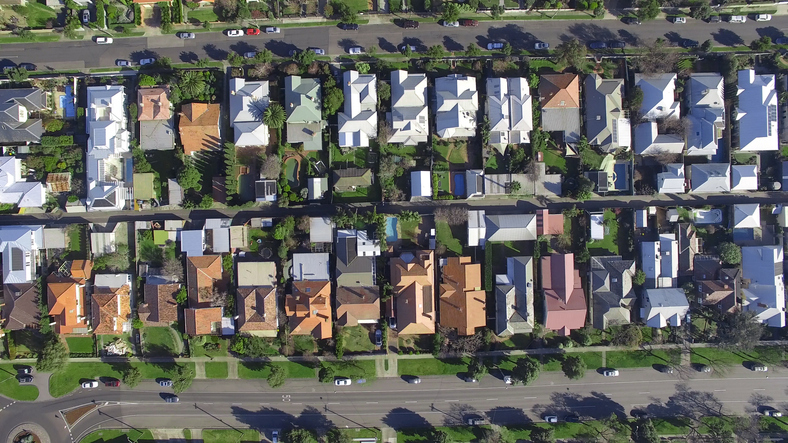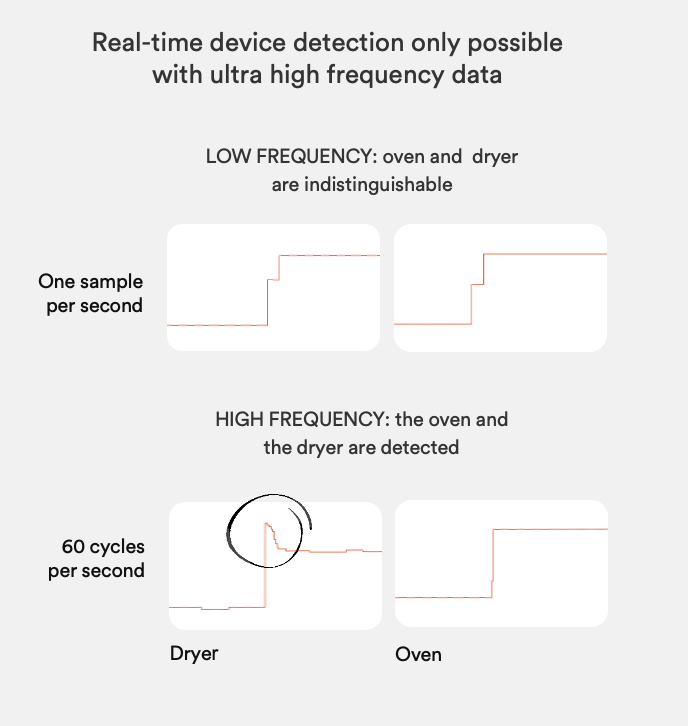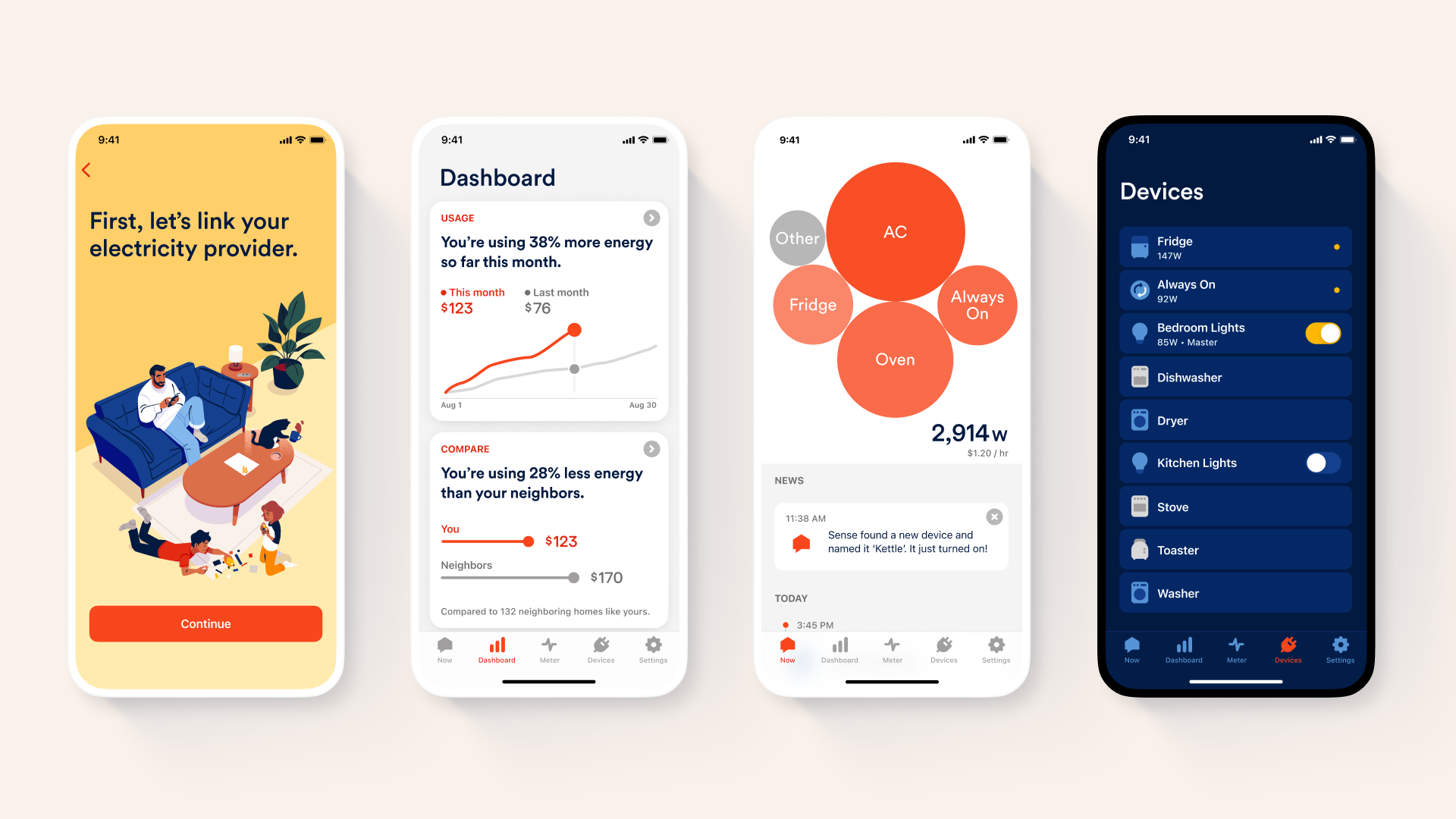
By Michael Jary, Managing Director for APAC & EMEA
How embedded intelligence on smart meters can transform retailer business models, unlocking new revenues and revitalising customer relationships
Energy retailer business models have faced extraordinary pressures for over a decade. The inexorable rise in energy costs, together with regulatory intervention and increased customer churn, have eroded retail margins. Attempts at diversification to adjacent businesses such as home services have often struggled because the necessary competencies can be starkly different.
At the same time, grid edge intelligence and real-time, appliance-level load disaggregation are generating huge interest in the energy sector. Advances in technology and AI mean that this long heralded technology is a compelling proposition. Sense software runs on a wide and growing range of third party next generation smart meters. With millions of next generation smart meters due to roll out with Sense capability in North America, decision makers worldwide are now specifying these advanced meters for future rollouts.
The benefits to consumers and the energy transition are clear. Sense intelligence represents a powerful tool for reducing both their energy consumption and their carbon footprint. It also reduces the overall cost of managing, maintaining and balancing the energy system.
Importantly Sense doesn’t require any extra hardware in the home. At the marginal cost of software, it is highly scalable as it does not carry the inhibitive cost and complexity of extra hardware, installation visits, and/or wastage.
Sense is the single most cost effective energy efficiency investment available today and it has the potential to transform retailer business models.
So how does Sense intelligence work?
Intelligent machine learning software can run within next generation smart meters. By analysing high resolution energy data on the meter’s processor, the AI software is able to spot patterns and anomalies in the voltage and current. This pattern recognition can be used to identify the unique power signatures of different devices in the home and determine how much power they are using in real time. Device detection and two-way communications are shared with the consumer via an app. It can also be used to spot faults on the grid or in the home. This high resolution processing takes place within the meter itself, so cloud costs and latency are low. Granular insights can be issued on demand into Retailer backend systems.

Improve retention with engaged, satisfied customers
Sense’s award-winning app is a powerful way to engage customers. It does this by giving consumers a product of genuine value. Sense provides them with an innovative new tool – at no charge – that is able to identify how much consumption individual appliances are using, historically and in real time. People can see instantly whether they’ve left an energy-hungry heater on, identify an old, inefficient water boiler, or understand the behaviours contributing to their energy bills. Energy consumption is broken down to individual appliances in the home, with instant feedback when it’s turned on or off. With this insight, users find it easy to reduce their consumption. On average they save 8% on their bill.
Consumers benefit from greater home awareness, too. They can get custom notifications to make their lives simpler and safer. Did they forget to turn the iron off? Is someone at home? Is the air conditioning or clothes dryer faulty? As a result, a typical consumer opens the Sense app 2 to 3 times a week, even after a year of usage.
Retailers have the opportunity to engage more positively with their customers. Too often communication with their customers can be negative – when the bill arrives in their inbox or a complaint prompts a telephone conversation. However, with Sense, there are many opportunities for regular, welcome engagement. When a retailer steps in to help a customer, either by reminding them they’ve left the oven on or by helping them manage their bills, perceptions start to change. Consumers are surprised and delighted. The relationship can be transformed – and the result is a happier, informed and more loyal customer base.

Acquire customers with lower bills, not lower margins
Retailers that offer Sense to their customers can acquire more customers without sacrificing margin. All customers want lower energy bills. However, to compete and acquire customers, retailers have had to offer hefty discounts. These customers tend to be price sensitive with high propensity to churn when the discount period ends. Instead of relying on loss making tariffs, retailers using Sense can compete on total bill size rather than cost per KWh. Consumers with Sense reduce their consumption by an average of 8% but retailer margins remain healthy. These types of customers are less likely to churn too. To match that offer, competing retailers would need to operate on negative margins of minus 10%.
Loosening their dependence on switching sites, retailers working with Sense can establish a clear competitive advantage over the discounters. Consumers can reduce costs and crucially, their carbon footprint too.
Reduce power costs with domestic demand response at scale
Managing the grid is going to become extraordinarily challenging in the coming years. The electrification of heat and transport will trigger a surge in load. A grid dependent on renewables will be unable to dispatch sufficient supply to balance it. The spikes in demand will exacerbate peak pricing. Energy retailers that are able to limit consumption during those times will reduce their costs and grow their margins. However, most domestic flexibility solutions in the market today are prohibitively expensive and difficult to scale. They require the installation of connected batteries or other appliances. Time of use tariffs have poor uptake and customers struggle to cut enough consumption at the right times. However, with an engaged and informed cohort of customers, flexibility can be secured at much greater scale and lower cost.
Sense enables a different type of domestic demand side response that doesn’t rely on expensive in-home installations or unpopular time of use tariffs. Using real-time device detection, Sense can detect the highest consuming appliances on the grid at any time, and issue messages to consumers requesting they turn down specific devices. If the device is IOT enabled, they can be controlled directly. The same technology makes time of use tariffs much more effective. Immediately before a change in pricing, consumers can be sent a personalised message with a reminder and provided with suggestions on the precise appliances they should consider turning down. The flexibility and immediacy means even variable time of use tariffs become viable.
One clarification: the load disaggregation must be accurate, real time and appliance level. Other load disaggregation technologies using lower resolution data have been shown to be too unreliable, late and clumsy to be effective. However, if the disaggregation is real time, householders are then able to turn off the most impactful appliances that are using power at that moment. They don’t waste time and effort on minor appliances, such as laptops or low energy light bulbs. Customers retain agency and choice, so the risk of alienating consumers is removed. By doing the hard work for them, retailers can increase satisfaction, participation rates and flexible load substantially. When homes without Sense are asked to shift load, an average of just 2-4% of peak consumption is typical. In homes equipped with Sense, this soars to 18%.
Crucially, this form of domestic flexibility requires only Sense software on next generation meters. The software can be affordably rolled out, downloaded on a new meter, and distributed to an entire customer base with minimal marginal cost. Once at a reasonable scale, load under control becomes predictable and reliable. For a medium sized country such as Australia, Sense on smart meters would be the equivalent of adding 2.4GW to peak capacity. That’s as much as two nuclear power stations!
Improve insight and forecasting with better data
With appliance level data, energy retailers can derive significant benefits. The most direct advantage is enhanced forecasting. By supplementing demand forecasting models with appliance level insight, future load can be more accurately predicted. By combining appliance level data for heat, cool, and transport with existing weather and historic billing data, forecasts can be fine-tuned. This allows for more accurate power purchasing, and optimised hedges, ultimately leading to lower power costs.
The same appliance level insight can be used to better understand customers and their needs. Service and support can be enhanced with richer customer segmentation and insights.
Creation of new revenue streams, clear competitive advantage and the requisite capabilities to excel
As part of this proposition, consumers are asked to share their data with authorised market participants, including the retailer. Their permission is sought in a GDPR-compliant, clear and transparent manner with the broader benefits of doing so laid out. Personally identifiable information (PII) is held separately from their energy data, with the highest security standards applied. Consumer data is not shared with any third parties without the express permission of the customer, and only in circumstances which are to the benefit of them and the energy transition.
However, once approval is acquired, new business models can be created. If the customer consents to share their appliance data, energy retailers can offer new proactive services. They can identify older, energy inefficient appliances and sell more environmentally friendly replacements, helping customers save money on their bills. By identifying and pre-empting risk in the home, insurance can be made more price competitive.
Energy retailers have always been in the data business. That data may have been analogue rather than digital, collected by an army of meter readers, processed, and then billed back to consumers. Their advantages lay in data collection and processing, anchored to a unique metered asset in the home, and the infrastructure and relationships to communicate with millions of consumers. These new business lines leverage those core capabilities. Unlike many diversified lines of business, energy retailers have genuine competitive advantages in these new services, and are therefore much more likely to generate material and sustained margins.
Retailers can share in the revenue opportunity unlocked by grid edge intelligence
It’s not just retailers and consumers that can benefit from load disaggregation and grid edge intelligence. Other authorised energy market participants, consented to by the customer, can also generate substantial operational savings and broader benefits. For instance, distribution networks and demand aggregators can source flexibility as well as measure and verify load shifts. Sense technology can identify and locate faults on the low and high voltage grid and also provide high-resolution power quality, total harmonic distortion, frequency and voltage insight from the grid edge. This unique data can help optimise grid management, improve reliability and create savings for grid operators.
To support the advancement of electrification, knowing where EV’s are charging is vital information for them. Increasingly grid operators will also need demand response services to ease network congestion and ensure grid stability. With the growing deployment of EV’s and heat pumps, these tools will help maintain a good power supply and reliable service to customers.
These services all have substantial value to those other parties. That’s why, when a retailer specifies a Sense-enabled meter, they can share in these incremental revenues on an ongoing basis, even if the original customer churns away.
Concluding thoughts: building a business model for a digital, low carbon grid
Energy retailers play a vital role in both the global economy and in the energy transition. However, their business models have experienced substantial pressure for several years. But with Sense, energy retailers can build a new, sustainable business model fit for a low carbon, digital grid. By improving customer satisfaction, churn falls. By enhancing forecasting and shaving wholesale price peaks, power costs fall. Influencing demand will be as valuable as providing supply. Instead of giving away margin by competing with discounters on pence per KWh, customers can be offered lower consumption, carbon and bills. New services can be provided, founded on a rich digital relationship with end consumers, that can outlive the original supply agreement. With Sense, retailer margins and revenues can expand based on a clear and enduring competitive advantage.
Sense provides software for next generation smart meters, and we work with smart meter manufacturers, energy retailers, and grid operators. So if you’re considering your next generation business model and are readying for your first or second wave of smart meters, please reach out to discuss how we can help.
A note on the author: Michael Jary is Managing Director for APAC & EMEA at Sense. Earlier in his career, Michael was Head of Retail Strategy at SSE and British Gas, two of the largest energy retailers in the UK.


